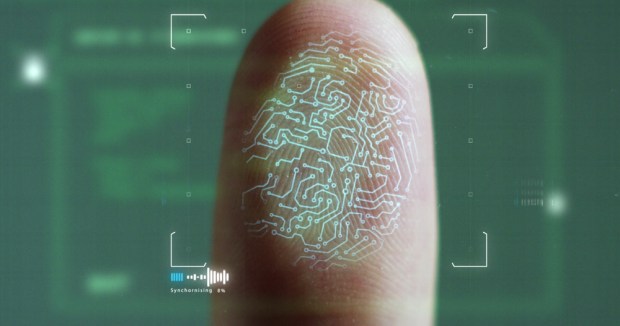NEW REPORT: Using Data To Design A Digital Fingerprint

These days, it seems everyone is going mobile — and digital identity providers are no exception.
The August PYMNTS Digital Identity Tracker™, powered by Socure, features news on how security solutions providers are using mobile technology and data to authenticate customers and win the war against fraud.
Around the Digital Identity World
In the U.S. and around the world, mobile device usage, including smartphone shopping, is on the rise.
For the latest notable headlines from around the Digital Identity world, check out the Tracker. With so many people surfing — and spending — on mobile devices, it should come as no surprise that over the past month, several providers debuted new or updated mobile device security solutions.
Apple is bringing facial recognition to its Apple Pay mobile wallet platform, according to reports. Meanwhile, digital device intelligence solutions provider InAuth and biometric technology provider AimBrain announced they will collaborate on a six-factor authentication platform for mobile devices.
But tech companies aren’t the only players investing in mobile security solutions. Starbucks is also embracing biometrics to protect mobile users’ data. The company recently announced customers will be able to log into the Starbucks app via a fingerprint scan, thanks to a recent upgrade to its Android and iOS mobile apps.
Download the Tracker™ for more headlines and trends.
Authentication’s Next Act: the Digital Fingerprint
Most smartphone users are familiar with the act of placing their fingerprint on a small scanner to unlock their phone. But it turns out, a user’s digital fingerprint — composed of bits and bytes of personal information – may be an even more powerful method of mobile authentication than their physical fingerprint.
In a recent interview with PYMNTS, mSIGNIA CEO Paul Miller said that, much like the traditionally used biometric indicators — such as fingerprints, iris scans and other mobile authentication methods — smartphones contain troves of information on consumers, ranging from the places they frequent to their favorite mobile apps. And, Miller said, all that data could be used to help authenticate users and transactions and boost mobile security.
“All the data that separates one person’s digital fingerprint from another’s allows us to identify those users,” Miller explained. “The user doesn’t need to submit a fingerprint or anything like that. Their data and the way their data changes — that’s what allows mSIGNIA to authenticate that user individually from any other user on the planet.”
To download the August edition of the Digital Identity Tracker™, powered by Socure, please fill out the form below.
The PYMNTS.com Digital Identity Tracker™, powered by Socure, is a forum for framing and addressing key issues and trends facing the entities charged with efficiently and securely identifying and granting permission to individuals to access, purchase, transact or otherwise confirm their identity.